When do kids count
When Do Kids Learn Numbers and Start Counting?
Starting counting is a significant milestone in children’s development. Though it seems like children learn when they start school, they start learning numbers just as soon as they start exploring the world around them. Other skills they have like identifying shapes help build on what they actually already know.
Counting is taken for granted often. However, there is a lot of research about where our capacity as humans to do math comes from. Some scientists suggest that we are all born with the innate sense of number in our brains.
Though we think that counting has to be taught, we are born with an instinct that the neuropsychologist Brian Butterworth explains as something similar to the idea of color. We perceive the ”blueness” of the sky just as we can perceive the ”threeness” of a group of objects.
When is the Perfect Time for the Children to Learn Counting Numbers?
Of course, having this instinct for the number of objects when we are born doesn’t mean that we don’t have to learn the names and the symbols of numbers to develop that instinct. Children start learning math as soon as they are out in the world and there are certain math milestones most children reach around approximately the same age. However, as we always mention, children develop at different rates. This means that if your child doesn’t have the skills listed for their age group, just be patient and on the lookout.
Similar to reading and talking, counting and math skills and thinking can be introduced to the child from the start. Studies show that children as young as 12 months can have a sense of how many items are in a set that is up to three objects thanks to their innate sense of number. When children start making the connections between the language we use to count and this innate sense, they learn counting.
Counting everyday objects around the house can be a great start for parents to count along with their children. Children may first learn the numbers in a different order, and may even repeat and memorize a sequence of numbers or counting.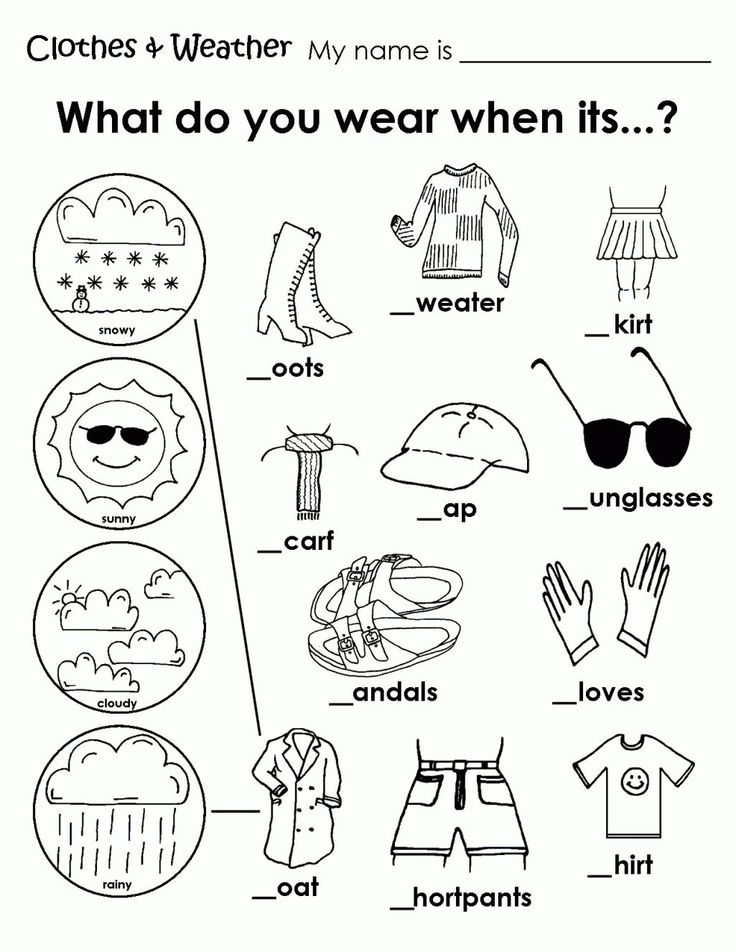 It is just like singing the ABCs. Songs could be great helpers in teaching children how to count. Children develop the ability to understand the actual concept of counting generally around the ages of two and four. By the age of four, children usually can count up to 10 and/or beyond.
It is just like singing the ABCs. Songs could be great helpers in teaching children how to count. Children develop the ability to understand the actual concept of counting generally around the ages of two and four. By the age of four, children usually can count up to 10 and/or beyond.
You may notice that your toddler is skipping some numbers along the way, like jumping from 3 to 6. This is called pre-counters where toddlers start saying numbers in no order. This is very typical for two-year-olds especially. Don’t worry, as they are just beginning to develop their skills. When you notice this happening, model the correct way of counting and they will hear you do the counting the correct way. Keep them exposed to counting and numbers as much as you can, just like what you are doing with reading.
Following the pre-counter stage comes the chanters level. Children may say numbers and count but do this in a sequence. Meaning that they group these numbers. You can observe this when if you interrupt them, they will have to start over rather than continuing from where they left off.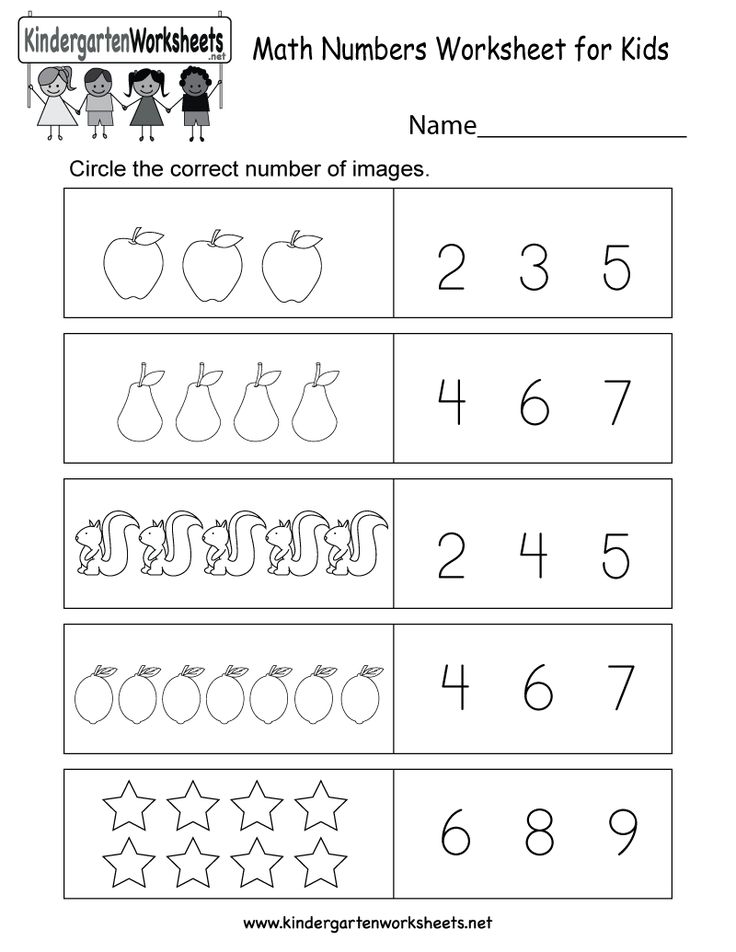 Then, reciter children can verbally count to 5 and so on. However, this is still pretty advanced for a child at this age so it should not be expected right away.
Then, reciter children can verbally count to 5 and so on. However, this is still pretty advanced for a child at this age so it should not be expected right away.
Children at the age of three to four can typically advance to a level of math that is a one-to-one correspondence. They can point at objects and count them. You can practice with your child this skill easily. For instance, to start off easy, put their toys in a straight line and have your child point to each toy as they count them. This behavior model can be used with infants and toddlers to develop their counting skills.
Come along with 200k+ families!
Explore the endless possibilities of learning!
Download for Free.
More than 100 games designed by
psychologists and specialists.
Otsimo Special Education
Download for Free
What is Rote Counting?
Rote counting is the simplest number concept that children can develop. It is the ability to say numbers in order from memory, so it basically consists of counting numbers sequentially.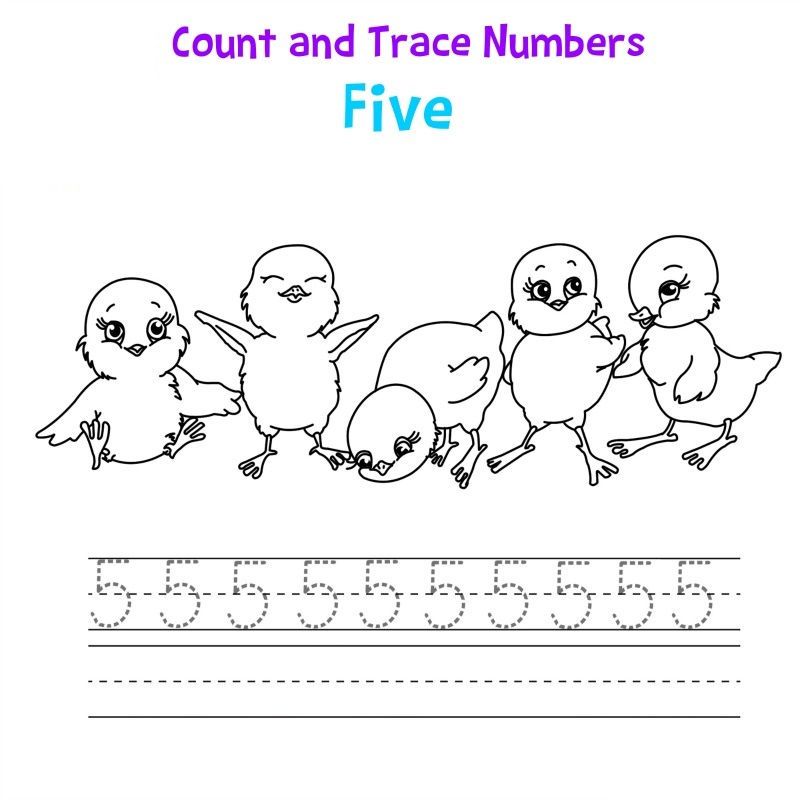 Most children find it easy to count by rote. Usually, this skill begins developing before children recognize numerals. When the child is exposed to counting and numbers both at home and at school, they start to develop together.
Most children find it easy to count by rote. Usually, this skill begins developing before children recognize numerals. When the child is exposed to counting and numbers both at home and at school, they start to develop together.
Through rote counting, children don’t actually count the objects, they just say the numbers in their correct sequence. It’s like going 1, 2, 3, 4, 5, etc. Here, the child doesn’t count objects or actions. Rote counting is just saying a sequence of numbers, and the simplest way is starting from one and counting upwards. It is a core skill related to early maths.
Once the child gets the hang of it, rote counting can also be done backward and starting from different points. When the child grasps this concept and gets this knowledge, they can apply it in different ways and contexts.
The importance of learning rote counting comes before the ability to count objects. Rote counting gets into the picture when a child sees five toys and wants to count them.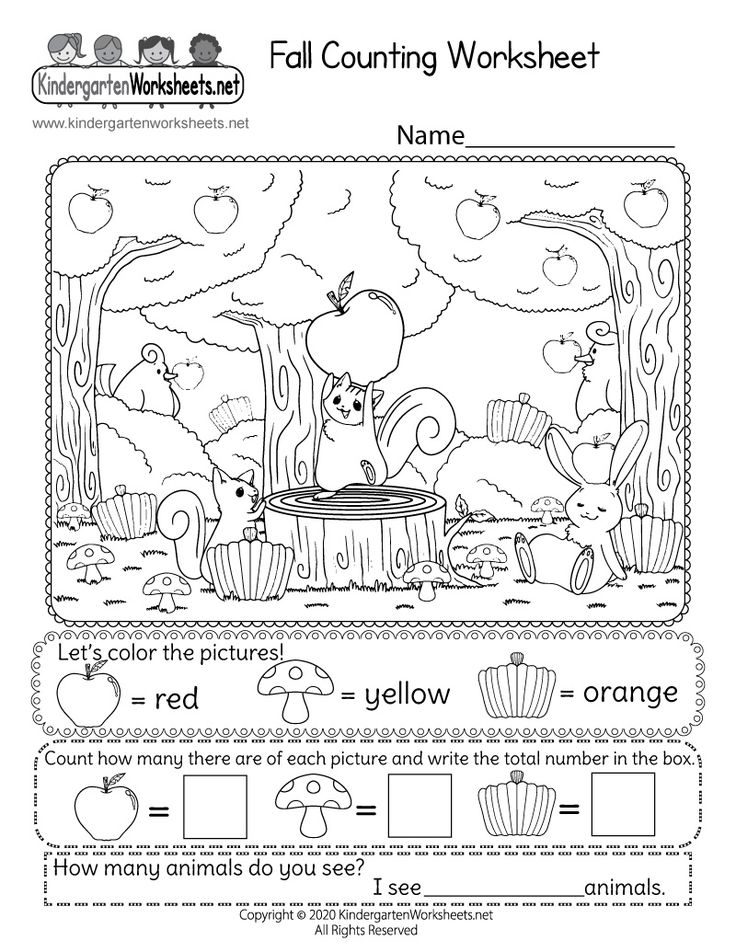 They would have to have the sequence of numbers in their head first in order to work out how many toys there actually are. If rote counting is not established at first, other skills like addition, subtraction, times tables or money may not be learned accurately. Repetition is the best possible way to rote learning.
They would have to have the sequence of numbers in their head first in order to work out how many toys there actually are. If rote counting is not established at first, other skills like addition, subtraction, times tables or money may not be learned accurately. Repetition is the best possible way to rote learning.
Rote counting can be developed and practiced easily with your kid. Try to incorporate counting in your daily routine with your child. You can count the items you got from the grocery store, or create or use counting songs as they will be catchy enough to help your child learn rote counting more quickly. One of the good counting song examples is 1,2,3,4,5 – Once I Caught a Fish Alive.
Math Skills in Different Ages
Each child develops at a different rate than others. However, there is an age group where certain skills develop to take as reference. Here are math skills that children acquire at different ages:
Age 0 - 12 months - Babies
- Starts to understand basic cause and effect relations
- Starts to understand sizes and relative sizes, like small and big
- Starts to understand words related to quantities
- Starts to predict the sequence of events, like opening the door means mommy is coming
Age 1 - 2 years - Toddlers
- Can use fingers to show how many years old they are as they understand that numbers mean ”how many”
- Can match certain basic shapes, like putting the triangle in the triangle hole
- Can understand words indicating comparison or measure like behind or faster
- Can start to recite numbers but may skip some
Age 3 - 4 years - Preschoolers
- Can compare and contrast height or size
- Can recognize shapes around
- Can sort things out based on color
- Can make the connection between numerals and number names, like 2 and two
- Can count up to 20
Age 5 years - Kindergartners
- Can add by counting their fingers on one hand
- Can follow very basic maps
- Can draw symmetrical shapes
- Can understand and follow directions that have multiple steps
Age 6 - 7 years - First and second graders
- Can understand and know the difference between 2D and 3D shapes
- Can count to 100 by ones, twos, fives, and tens
- Can write and understand numerals from 0 to 100
- Can write and recognize the words for numbers from one to twenty
- Can do basic addition and subtraction up to 20
Age 8 - 9 years - Third graders
- Can know how to do multiplication and division
- Can do addition and subtraction
- Can handle money
- Can use paper and pencil to solve math problems
Basic and Fun Math Games for Counting to 10
We have gathered some basic and fun math games that will develop your child’s sense of numbers, counting, and math!
Count with Dominoes!
In this game, you can use dominoes to practice counting and maths.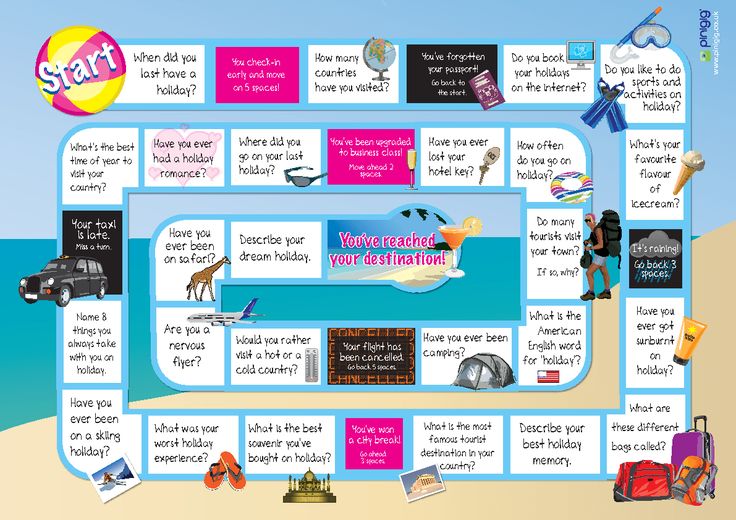 You can draw your child a worksheet where you will separate the page into boxes. You can then give your child a domino for them to count the dots on the two sides.
You can draw your child a worksheet where you will separate the page into boxes. You can then give your child a domino for them to count the dots on the two sides.
If you would like to put math into the game, you can put one addition or subtraction, where the child will write or tell the numbers and the result. You can also play this game with more than one child to turn it into a competition!
Toy Car Race!
You can play this game with some toy cars, cardboard tiles, and dice. You can race your child or you can have your child and other children play at the same time. The goal of the game is to move 10 tiles to get your toy car to finish the race. The number of tiles can be increased depending on which numbers you would like to work on.
Your child will roll a die and lay down a tile to move their car forward. However, in order to get to tile 10 at the end, they have to roll the number they need. Going over is not allowed. This will help your child practice counting as well as some basic addition.
Makeshift Weight Station
You won’t need much for this game. Get a clothing hanger and hang two plastic cups on either side of the hanger. Have your child drop small items into the cups to see which items weigh more or less. Kids love this game and putting items in the cups. Have your child or multiple children guess what weighs more first! You can also ask them to guess how many of the objects in the cup weigh the same.
10 Rocks
This is a great outdoor activity to learn counting and math. Prepare buckets with numbers on them. Have your child look for and gather rocks and put them into the buckets to complete the number on the bucket. You can also add some other features into the mix, for instance, have your child look for 5 big rocks for the big rock bucket and 10 small rocks for the small one.
Last Updated: 23 December 2022
When Do Kids Start Counting to 10?
Feb 12, 2022 Counting to 10 is a major developmental milestone to which many parents look forward.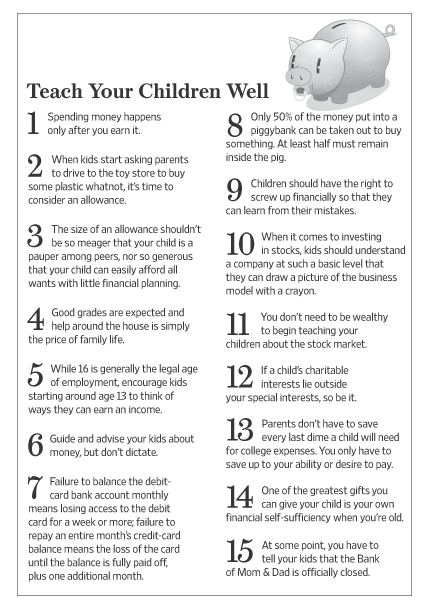 But, at what point should your child start to learn numbers, and when should they be able to count to 10?
But, at what point should your child start to learn numbers, and when should they be able to count to 10?
In This Article
- When Should My Toddler Learn to Count to 10?
- Do you feel like your child should be counting by now?
- When Do Children Understand Basic Math Concepts?
- 9 Early Math Games for Kids Learning to Count to 10
- 1. Coin counting game
- 2. Magnetic fishing game
- 3. Songs about numbers
- 4. Get active while counting
- 5. Speech Blubs’ “Numbers and Me” section
Math is all around us and from the moment children start exploring the world, they are learning. Whether they are identifying shapes, recognizing patterns, or predicting events, these are all mathematical concepts that develop as a child ages. But, at what age do children start to understand numbers?
The truth is, children will recite numbers before they actually understand the concept behind them. Though every child is different, most toddlers will be able to count to 10 by the time they are two-years-old. At this point in time they are probably repeating them mostly by memory and have yet to understand what they actually mean.
Though every child is different, most toddlers will be able to count to 10 by the time they are two-years-old. At this point in time they are probably repeating them mostly by memory and have yet to understand what they actually mean.
This concept is known as “rote” counting. Rote counting is when a child can say numbers in order, and is mostly learned through hearing the numbers repeatedly said out loud by others.
Do you feel like your child should be counting by now?Take this free cutting-edge 3-minute quiz. You will find out if your child is on track with his milestones and receive a free report with a personalized plan of learning. Speech Blubs is full of activities to encourage speech development!
View this post on Instagram
A post shared by Speech Blubs (@speechblubs)
When rote counting to 10, children may be able to cite numbers in order or may jump from number to number randomly. The more they hear others count, the more confident they will become in reciting the proper number orders.
The more they hear others count, the more confident they will become in reciting the proper number orders.
Note: Don’t panic if your child is not able to count to 10 by the time they are 2-years-old. This is the average age that children learn to count, but is by no means definitive.
All children learn at their own pace and some will learn more quickly than others. You can help your child learn numbers by working with them on a regular basis and engaging in toddler math activities.
When Do Children Understand Basic Math Concepts?We mentioned above that even though most toddlers can cite their numbers by 2, they don’t necessarily understand the concept behind them. Children don’t actually start to understand the concepts of counting until between 2-4 years of age.
The first sign that your child is starting to understand the concept behind numbers is with a skill known as one-to-one correspondence.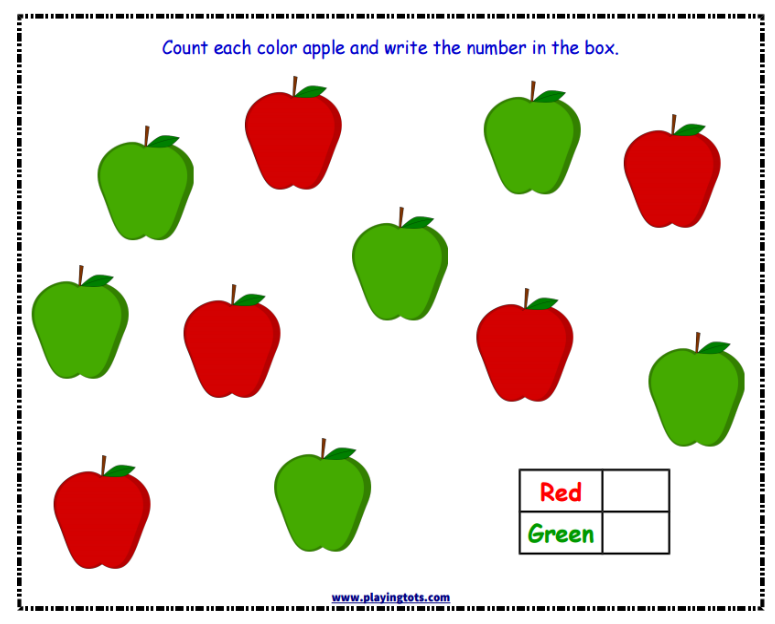 You will often see this during playtime. One-to-one correspondence is when children start to group objects, pointing to each one as they count them. Again, this math skill is often learned by copying others.
You will often see this during playtime. One-to-one correspondence is when children start to group objects, pointing to each one as they count them. Again, this math skill is often learned by copying others.
The next stage is understanding what these numbers represent. For example, if you count “one,” “two,” “three” cars, then there are three cars total in that group.
Once children start to understand this concept, the next stage is pairing numbers with their written numerals. Most children can start to understand this pairing by their preschool years, or 3-4 years of age.
Other mathematical concepts that are usually developed by the preschool years include the ability to recognize shapes, use classifications (height, size, etc.), use spatial awareness for puzzles, and start predicting cause and effect relationships.
Learn Numbers With Speech Blubs!
Take this quiz and get a report on your child’s milestones and a personalized learning plan.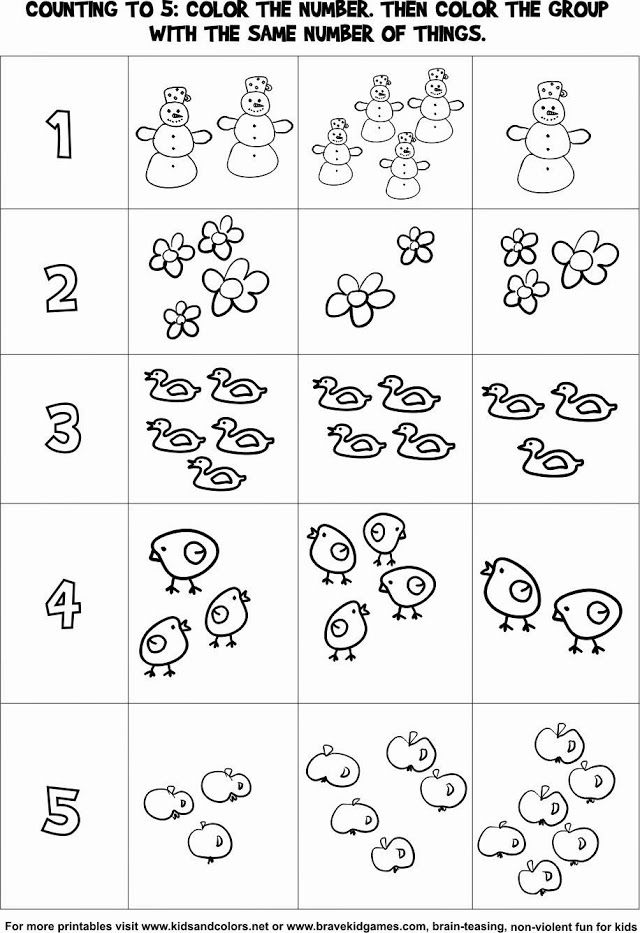
Start the Assessment
9 Early Math Games for Kids Learning to Count to 10
Here are some early math games for kids that you can do with your toddler to help them learn numbers and to count to 10:
1.
Coin counting gameIf you give a toddler a beautiful toy, what will they want to play with? A box. This is because toddlers love “real-life” toys and often prefer them to plastic kids’ toys.
With a toddler, things like boxes, pots, and pans, and money will attract more attention than any toddler toy – so why not utilize this to your advantage?
To encourage counting for preschoolers, let them count coins. At the same time, you can work on sorting the coins by size and on learning the different values of the coins. Each of these are mathematical concepts that will develop over time, but that you can encourage by practicing regularly.
2. Magnetic fishing gameYou can purchase magnetic fishing games at almost any store that sells children’s toys.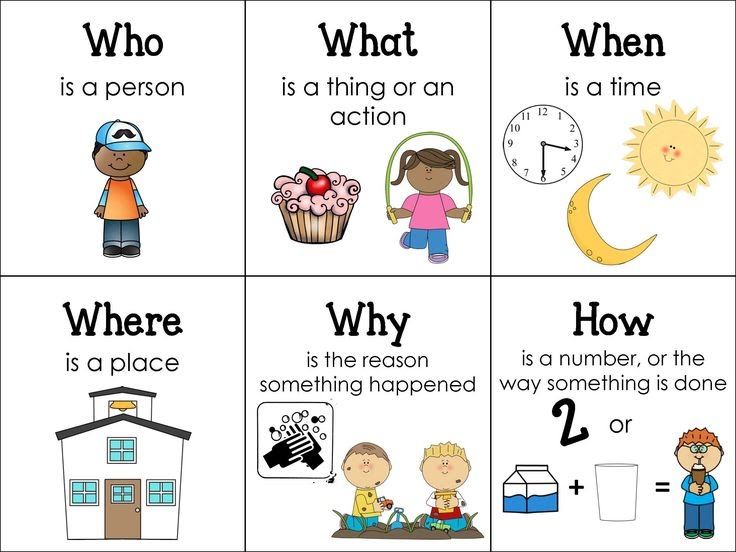
These games are exactly what you would think they are – children use a magnetic pole to go “fishing” for magnetic fish.
Encourage your child to count the number of fish as they catch them. Not only will this encourage counting, but it will also help them with their hand-eye coordination.
3. Songs about numbersChildren love to sing and dance, and singing songs together is a great way to enhance learning. It is a perfect math game for kids, since they won’t even know they are learning! And when it comes to counting to 10, there are many songs out there that can help your child learn.
All you have to do is search YouTube for “number songs,” and you can choose from a long list of catchy tunes to help your child learn their numbers – and have a blast while doing it.
The Very Hungry Caterpillar is one of the classics, when it comes to teaching counting for preschoolers.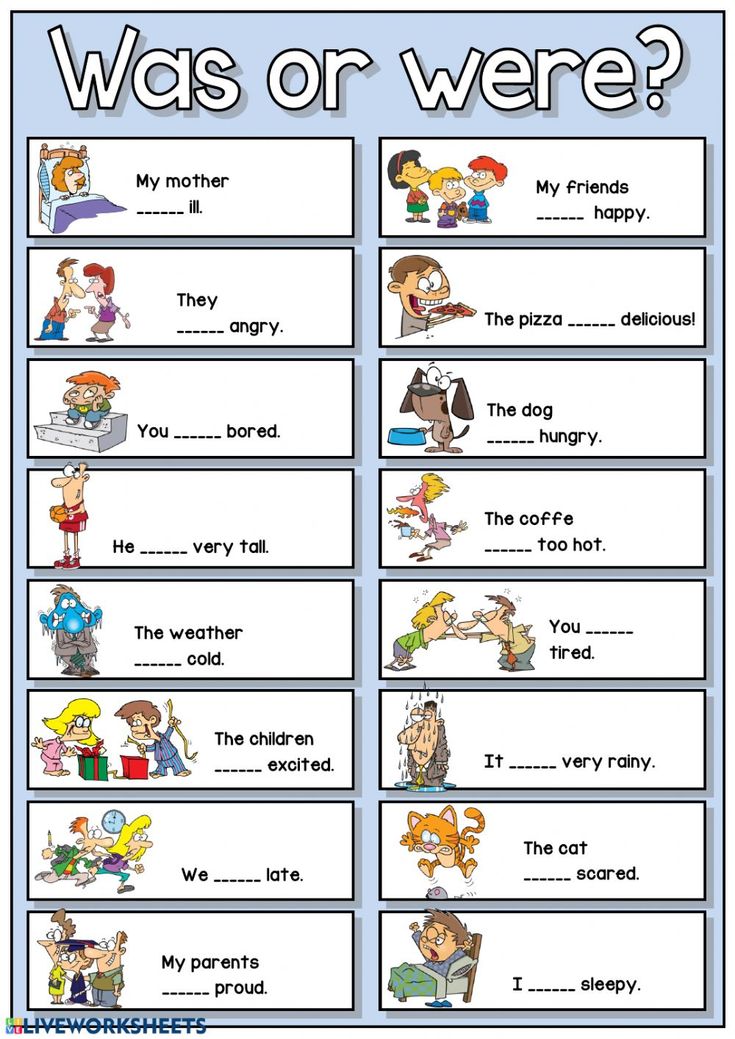 4. Get active while counting
4. Get active while countingWhen it comes to learning, we always like to encourage you to get your children outside. And when it comes to mathematics, nature is one of the most educational places your child can be.
Why? Because there are examples of math all over – the symmetry of a snowflake, the pattern of a pinecone, the geometry of a honeycomb, the height of different trees – math is everywhere you look. Of course, you can’t expect your toddler to understand the geometry of a honeycomb, but you can encourage them to count outdoors. **You also might check out Jon Scieszka’s bestseller, The Math Curse, for a fun story about a child who encounters math in everyday activities.
Go for a walk, choose a piece of nature (i.e., a tree), and see how many you can count on your way.
Learn Numbers With Speech Blubs!
Take this quiz and get a report on your child’s milestones and a personalized learning plan.
Start the Assessment
5.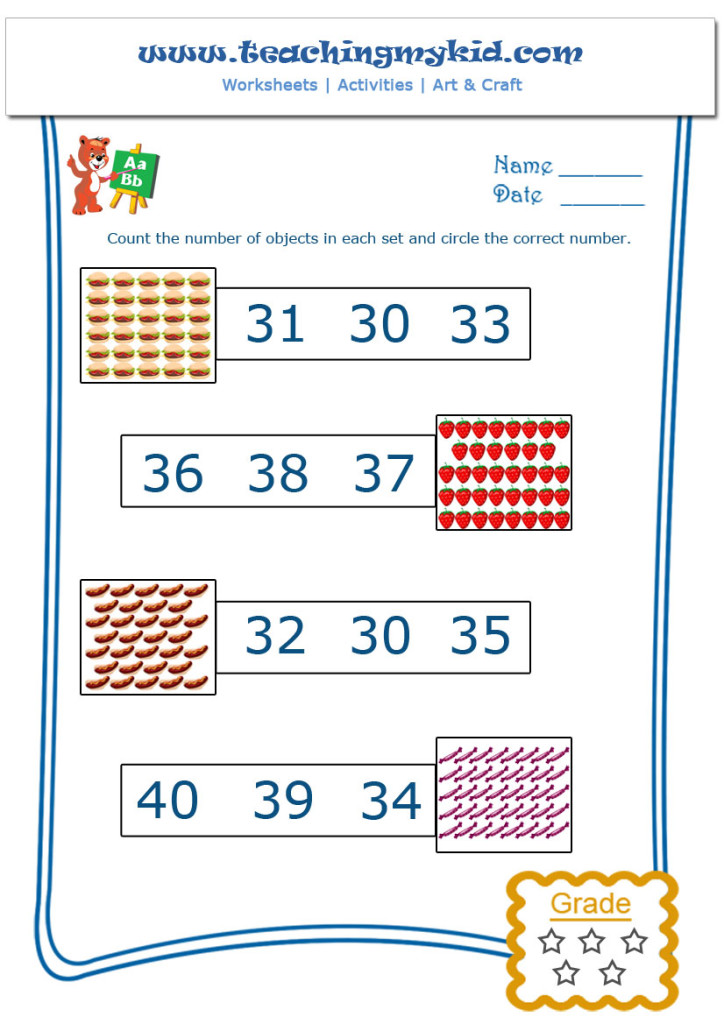 Speech Blubs’ “Numbers and Me” section
Speech Blubs’ “Numbers and Me” sectionSpeech Blubs is a speech therapy app that can help toddlers and young children to work on their speech. It can be used by all children, including those at a “typical” developmental level, and those with developmental speech delays due to conditions like autism or other learning disabilities.
The NUM8ER5 AND M3 section of the app puts elementary numerical concepts on the tips of children’s tongues. It is a great early math game that you can use to teach counting to preschoolers.
Speech therapists will tell you that as children learn, the brain processes mathematical and linguistic stimulus in completely different locations of the brain. But, by doing exercises that target both of these neural centers simultaneously, you can help pave new neural networks within the brain.
When using Speech Blubs, children’s participation will be rewarded with fun facts that show how various numbers appear within the world, on our bodies, and within society in general. Regular updates of fresh and new content keep the app exciting and interesting for young ones.
Regular updates of fresh and new content keep the app exciting and interesting for young ones.
Remember, however, that while the app works to help kids learn numbers and the concepts behind them, children always reap the most benefits when their parents participate. In return, it’s important that you make time to laugh along, mimic the speech models with your child, and extend the ideas on the app into the real world so that they can gain more context.
The more time you spend doing toddler activities and using the Speech Blubs app with your child, the more benefits they will receive from it.
Teach numbers with Speech Blubs! Our fun section, NUM8ERS & M3 will help your toddler learn counting and develop his number sense in no time!
6. Go on a Numbers Hunt
Draw numbers from 1 to 10 on large pieces of paper. Tape them on the objects around the playroom or in your living room. For example, one can be on a chair, two can be on the couch, three in the corner, four on the wall, five at the window, etc.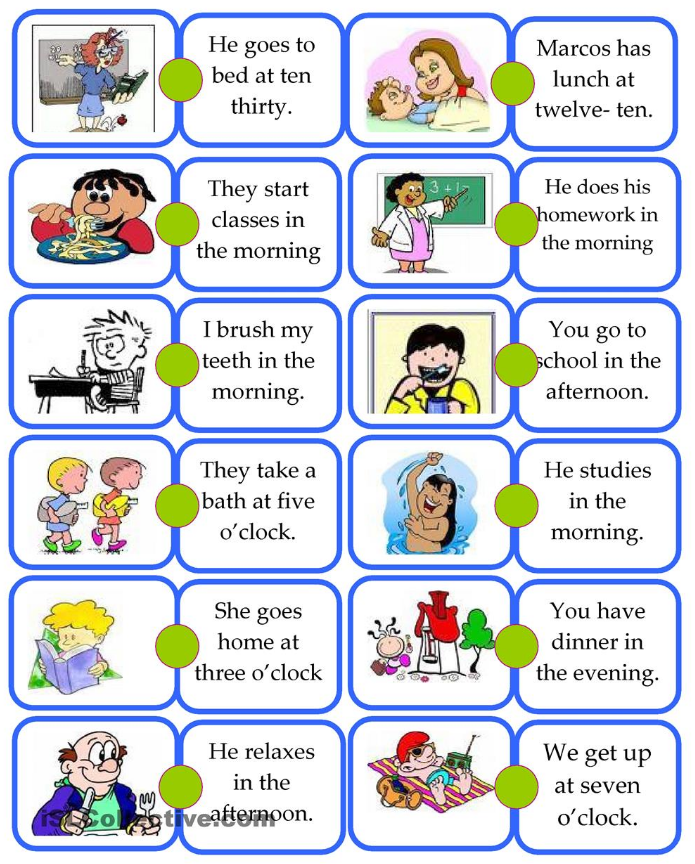 When you shout out a number, your child has to go to that number and point to any object they represent! If they struggle you can give them clues. This activity is best for kids aged 3 or 4 when they have already learned the numbers by rote. It is also fun physical activity if you tell them they have to be as fast as possible or if you have more kids in the room who can compete to arrive first at the right number.
When you shout out a number, your child has to go to that number and point to any object they represent! If they struggle you can give them clues. This activity is best for kids aged 3 or 4 when they have already learned the numbers by rote. It is also fun physical activity if you tell them they have to be as fast as possible or if you have more kids in the room who can compete to arrive first at the right number.
Find more ideas in this video about Number Recognition Preschool Activities:
Watch this video for more educational math activities for preschoolers!7. Trace the Numbers
For this one, you need masking tape. Tape the shape of a number on a big piece of paper and ask your little one to trace them with colored pencils or sharpies.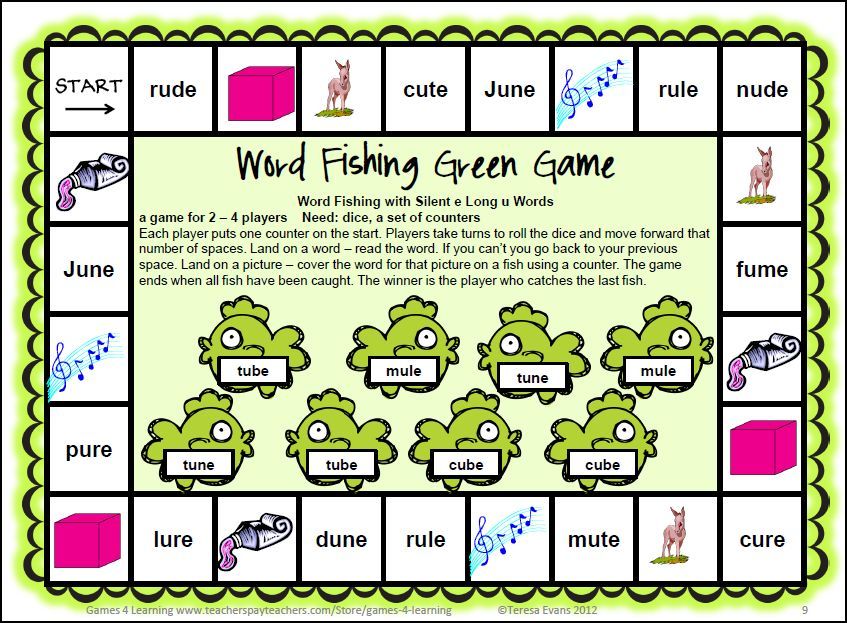 Besides the number writing practice, this activity is also great for working on their fine motor skills! If they like it, it can keep them occupied while you take some time off, prepare a meal, etc.
Besides the number writing practice, this activity is also great for working on their fine motor skills! If they like it, it can keep them occupied while you take some time off, prepare a meal, etc.
8. Sort the Colorful Mini Pom-Poms
Take an egg carton, and write a number in each of the egg compartments. Color each with a specific color. Now find objects to fit in the egg compartment that are the same color. This can be paper clips or small fluffy pom-poms you can get in the dollar store. Now match the number of pom-poms with the number and color in an egg compartment. For example, 1 yellow pom-pom, 2 red pom-poms, 3 green pom-poms, etc. Give your toddler the exact number of pom-poms for each color! Mix them up, and ask your child to sort them. They will be sorting for hours, learning colors and numbers at the same time.
9. Count with Legos
If you have Legos or any other toy building bricks at home, you can simply count them and learn numbers. Write numbers from one to 10 on a piece of paper.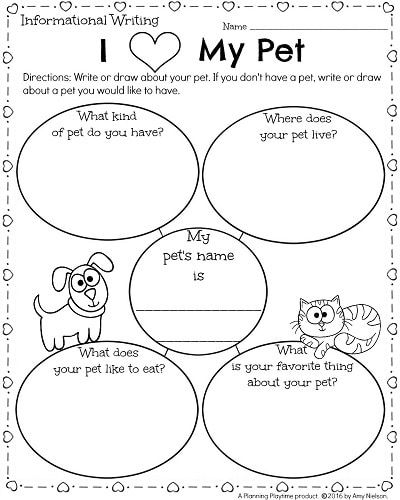 Below each number write a square or a box. Ask your child to put one Lego brick in the box under the number one, two under the number two, three under the number three, and so on. This will teach your child to compare what is less and what is more. You can also ask them: “Is one less than two? If I have two lego bricks, do I have more than one?” Don’t be too bothered with right or wrong answers (you can model to them what is right), the point is to just get them familiar with comparisons.
Below each number write a square or a box. Ask your child to put one Lego brick in the box under the number one, two under the number two, three under the number three, and so on. This will teach your child to compare what is less and what is more. You can also ask them: “Is one less than two? If I have two lego bricks, do I have more than one?” Don’t be too bothered with right or wrong answers (you can model to them what is right), the point is to just get them familiar with comparisons.
Learn Numbers With Speech Blubs!
Take this quiz and get a report on your child’s milestones and a personalized learning plan.
Start the Assessment
At what age should a child speak?
Reviewer Kravtsova Elena Mikhailovna
111915 views
November 23, 2021
nine0005
Speech is one of the important skills of a child, and its formation begins long before the baby speaks on his own.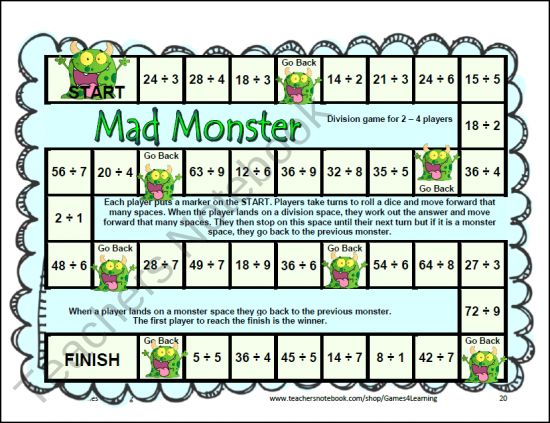 The baby perceives the speech of the parents and the adults around him, imitates it and subsequently relies on the acquired experience. When should a child start talking and how to help him?
The baby perceives the speech of the parents and the adults around him, imitates it and subsequently relies on the acquired experience. When should a child start talking and how to help him?
Standards for the development of speech in children
The development of speech occurs gradually. Each child is individual, so it can either be ahead of the age norms or a little behind. It is believed that girls start talking earlier than boys, and parents of boys do not always understand whether to worry or just wait. The reason is in physiological features: the maturation of some brain structures of girls is faster. Because of this, they improve their vocabulary at an early age. But not only the number of words, but also other signs are important for assessing the speech development of the child. They are universal for both boys and girls. nine0005
The speed and quality of speech development in children are individual, and the normative boundaries are conditional.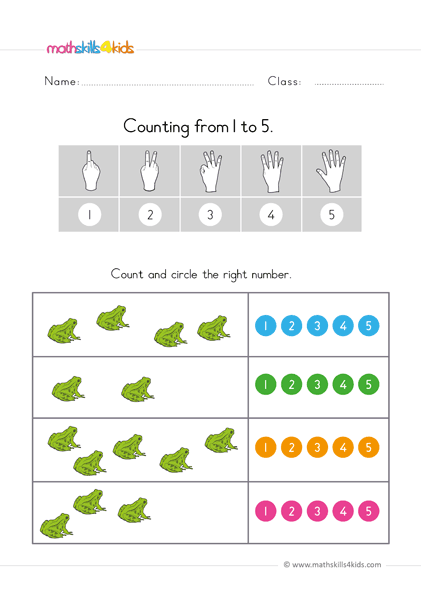 To understand that everything is in order with the baby, the pediatrician will help. For a preliminary assessment of the development of speech, one can focus on the norms described by the Soviet psychologist Lev Semyonovich Vygotsky [1] .
To understand that everything is in order with the baby, the pediatrician will help. For a preliminary assessment of the development of speech, one can focus on the norms described by the Soviet psychologist Lev Semyonovich Vygotsky [1] .
Up to year
In the first months of life, the baby listens to his parents and the adults around him. He distinguishes the voices of people who are talking to him, turns his head towards the sound. First, the child masters vowel sounds, then by the age of three or four months, consonant sounds appear, and the baby begins to walk. nine0005
At the age of 6-12 months, the child imitates the sounds of adult speech more actively. Babble appears - the baby pronounces the same syllables, for example, “ma-ma-ma”, “pa-pa-pa”, “dya-dya-dya”. At about ten months, babies get used to responding to their name. By the age of a child, the first short meaningful words appear (“on”, “give”, “mother”). Vocabulary ranges from 3 to 20 words.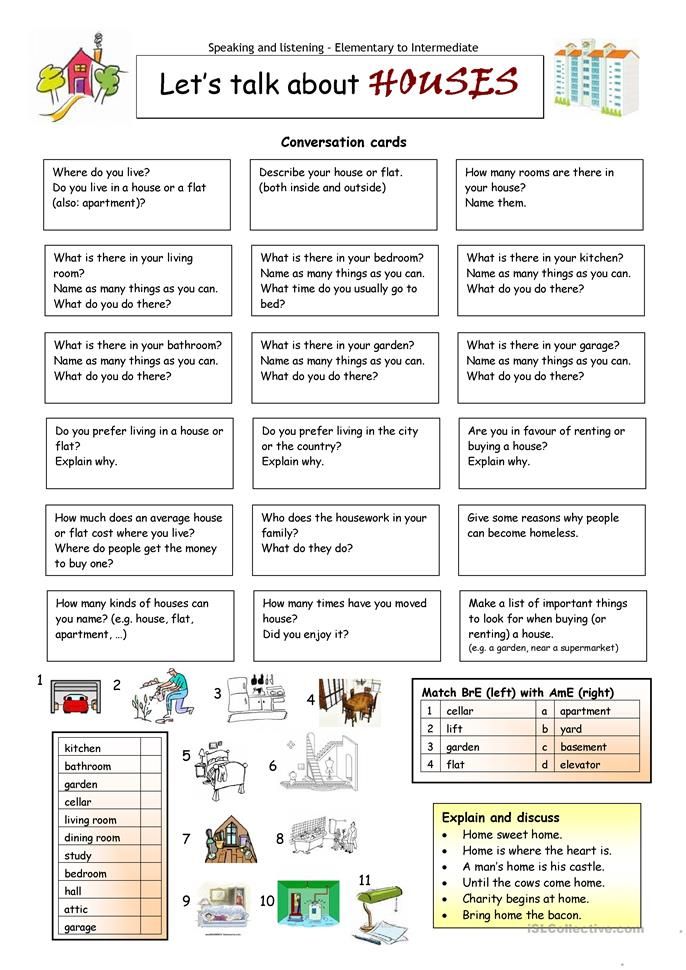 In addition, a baby of this age responds correctly to requests to show or give something (performs or shakes his head negatively). nine0005
In addition, a baby of this age responds correctly to requests to show or give something (performs or shakes his head negatively). nine0005
One to two years
In a year, the baby repeats words that he often hears, adjectives appear in speech. The child uses sounds and gestures to attract attention, skips or replaces complex combinations of sounds, adapting speech for himself, for example: “bad - groin”. The kid moves more, begins to move independently and accumulates knowledge about the world around him. Vocabulary is actively replenished: up to one and a half years the child uses 30-40 words, closer to two years - 300-400. In girls, by the age of one and a half, in boys, by the age of two, phrasal speech begins to form. It arises and is primarily used for questions and the expression of simple needs ("Give me a drink"). nine0005
Two to three years
At this age, the ability to speak in sentences of 2-3 words is actively developing. The child begins to use pronouns and prepositions.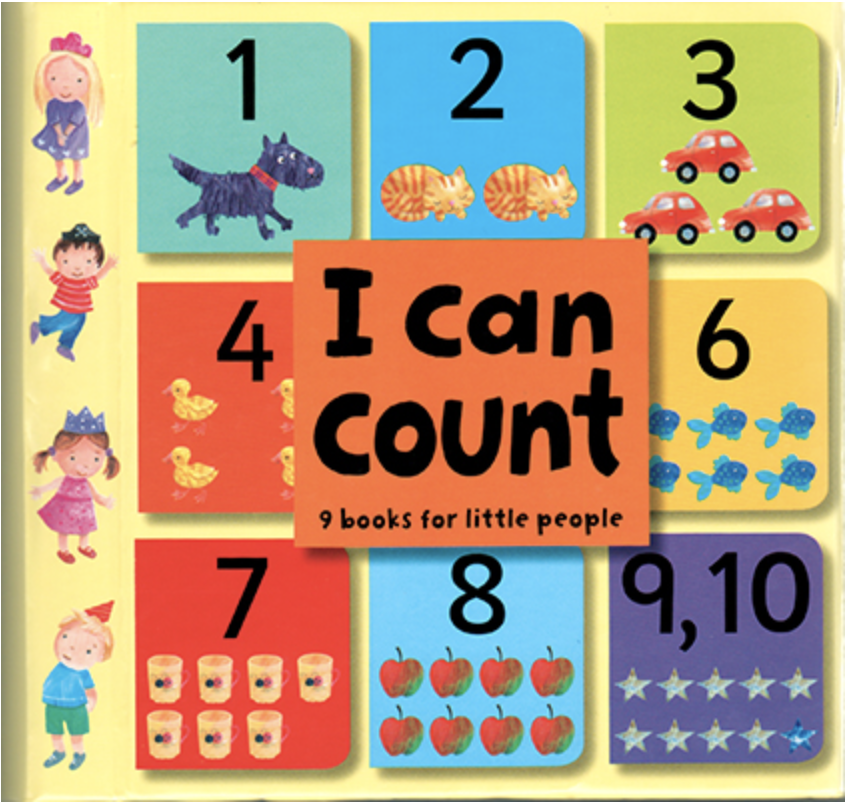 His speech becomes more understandable to adults, he can fulfill their two-part requests, for example: "Take your toy and give it to me." Vocabulary is replenished by 100 words per month. At two or two and a half years, the baby asks questions: “Why?”, “Where?” etc.
His speech becomes more understandable to adults, he can fulfill their two-part requests, for example: "Take your toy and give it to me." Vocabulary is replenished by 100 words per month. At two or two and a half years, the baby asks questions: “Why?”, “Where?” etc.
Three years
At three years old, a child actively communicates with adults and peers using simple sentences. He can explain his desires in words. The kid begins to use unions and uses almost all the main parts of speech, including generalized names (“animals”, “things”, etc.). At the same time, the child may still make sounds indistinctly. The kid likes to listen to familiar fairy tales and poems. He remembers the text well and reproduces it. Vocabulary is replenished every day [2] .
How to help a child speak
When children begin to speak the first words, they themselves really like it. The main way to help your child talk is to communicate with him as often as possible.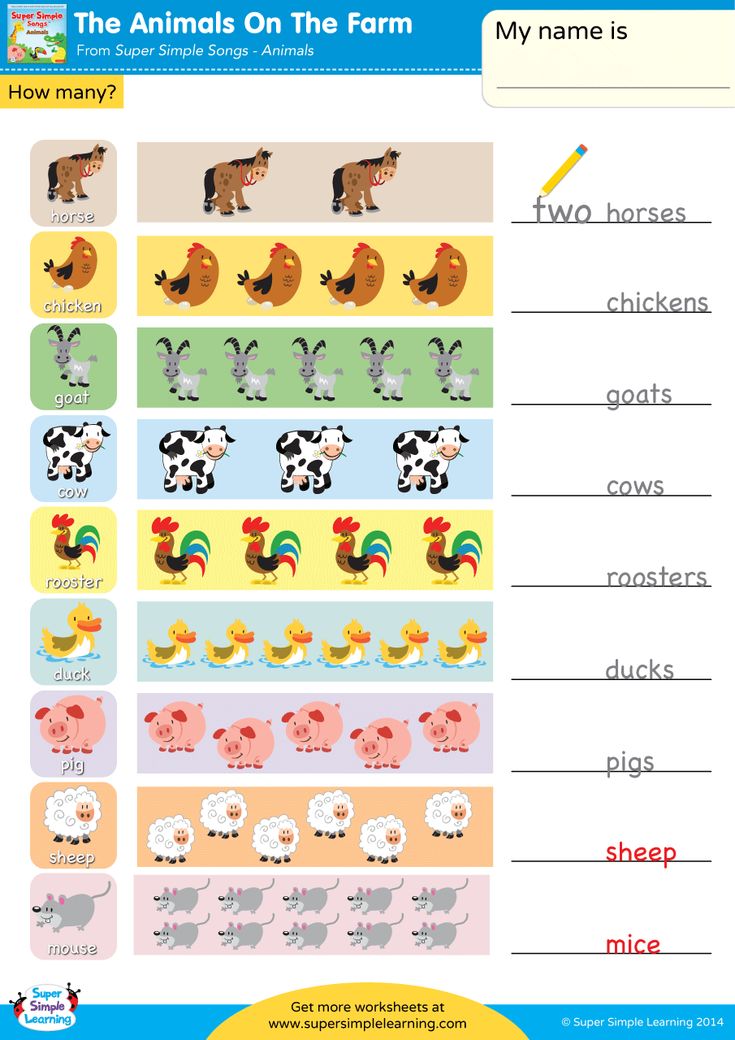 In infancy, the baby understands speech on an emotional level, so you need to speak with him expressively. All activities associated with it - bathing, massage, feeding, etc. - accompany with emotionally charged words. Call the baby by name, pronounce the names of things, talk about what the child himself does and how well he does it, and also pick up and repeat all the sounds that he makes. nine0005
In infancy, the baby understands speech on an emotional level, so you need to speak with him expressively. All activities associated with it - bathing, massage, feeding, etc. - accompany with emotionally charged words. Call the baby by name, pronounce the names of things, talk about what the child himself does and how well he does it, and also pick up and repeat all the sounds that he makes. nine0005
As they grow older, it is better to use short and clear sentences so that the child can observe the movement of the lips and apply knowledge in his speech. You need to maintain a conversation with the baby, ask him questions and try to have a long conversation.
Read books and sing songs. You can read a book to your child and show the characters in the pictures. They will attract his attention, and auditory perception will help memorize new words. Joint learning of new songs and short rhymes develops the speech apparatus, and also strengthens the bond with the baby.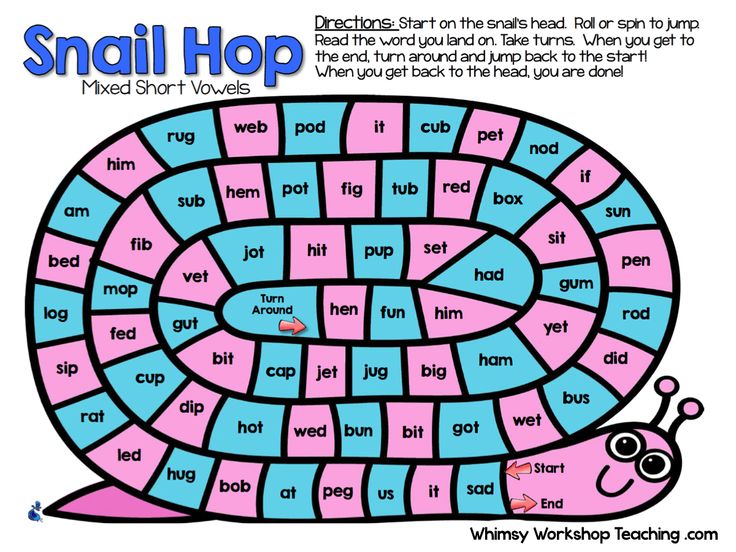 nine0005
nine0005
Develop fine motor skills. Fine motor skills - this is the performance of small movements with hands, fingers and toes, for example: sorting through cereals, playing with beads and buttons. The centers of the brain responsible for motor skills and speech are located next to each other, so when motor skills are stimulated, speech develops faster.
Develop vocabulary. You can show and name the surrounding objects to the child: at home, in the park, at a party. The meaning of objects should be explained in simple terms. So the child will expand knowledge about the world around him, learn new words and will learn to speak faster. nine0005
Abandon body language and mangling words. It is better for adults to refuse to distort words, because the child learns to speak on the basis of the speech that he hears around. If the baby replaces words with gestures, you can pretend that they are incomprehensible. This will encourage him to speak.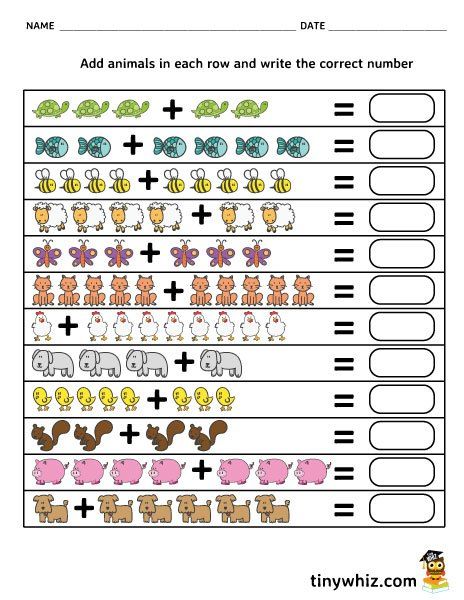 You should not bring the child to crying or hysteria. It is worth acting gently - asking leading questions, pronouncing words one after another.
You should not bring the child to crying or hysteria. It is worth acting gently - asking leading questions, pronouncing words one after another.
Games for the development of the articulatory apparatus
Musical games help the child to develop speech breathing and provide an opportunity to develop a long pronunciation of vowels and a clear pronunciation of consonants. The following activities may help:
- songs with repetition of syllables, for example: “Pee-pee-pee-food! And only then - wake up-pi-nutrition ”;
- toys that reproduce the sounds of animals - they should be repeated together; nine0080
- musical instruments in the game: you need to ask the child to say the name of the instrument and repeat the sounds it makes.
Finger games are the image of any rhymes or stories with the help of fingers. Such activities help to quickly engage the speech center. In finger games, various hand movements are used - raising and lowering the palms, clapping, as well as bending and unbending the fingers.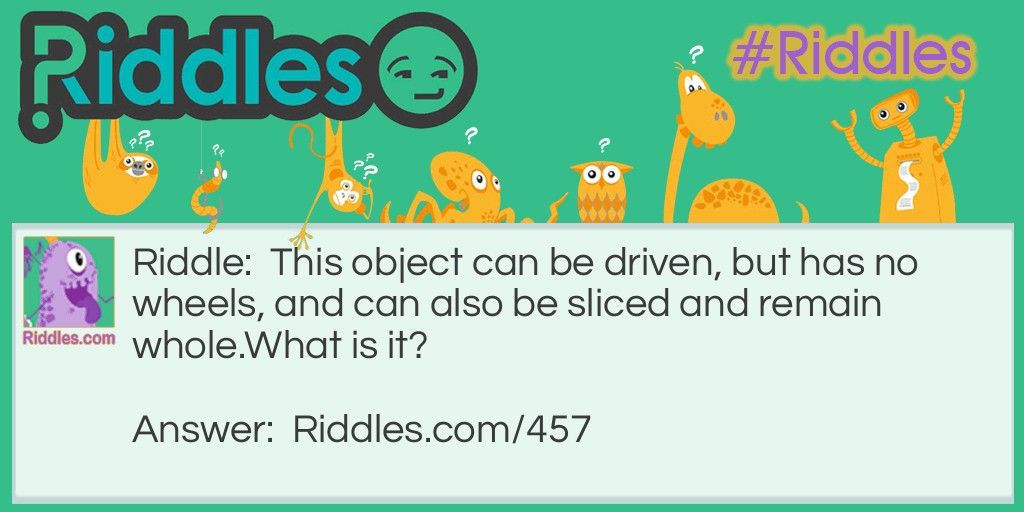 Familiar to everyone since childhood, “Ladushki, patty” and “Geese flew” are perfect for such exercises. More examples of finger games in the article. nine0005
Familiar to everyone since childhood, “Ladushki, patty” and “Geese flew” are perfect for such exercises. More examples of finger games in the article. nine0005
Articulatory gymnastics is aimed at developing the mobility of the speech organs. It includes exercises for the tongue, cheeks, lips and facial expressions. Suitable for the following classes:
- Grimaces: standing together in front of a mirror, smile broadly, show tongue, puff out cheeks.
- Simple games for breathing: blow off the candy wrapper from the palm of your hand, blow soap bubbles, blow on a dandelion.
- Games with the tongue: hide and show the tongue, make circular movements with the tongue like a clock hand, try to reach the tip of the nose with the tongue. nine0080
When to see a doctor
The development of speech in each child occurs individually, and it does not matter at what age or at how many months mom or dad started talking. In order to timely detect the backlog, you need to regularly undergo scheduled examinations with a pediatrician.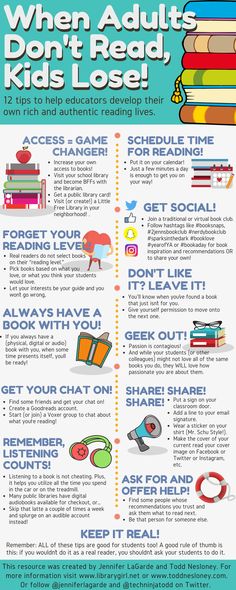
If during the next appointment the doctor reveals signs of a speech disorder, you should contact a neurologist and a speech therapist. Specialists will draw up a correction plan. It is important that parents actively participate in the treatment process and provide support to the child - the effect of the classes will depend on this. nine0005
Advice to parents
List of sources
1. Vygotsky L. S., Psychology of child development, M: Publishing House of Meaning, Publishing House of Eksmo, 2004. - 512 p. (Series "Library of World Psychology")
2. Stages of development of the child's speech and the reason for contacting a specialist L. G. Sokolova, FMBA of Russia
Reviewer Kravtsova Elena Mikhailovna nine0005
Psychologist, child and adolescent
All expert articles
How to teach a child to count to 10, 20, 100
How to teach a child to count
Many children come to the first grade already with counting skills, so it is important for parents to teach them in advance .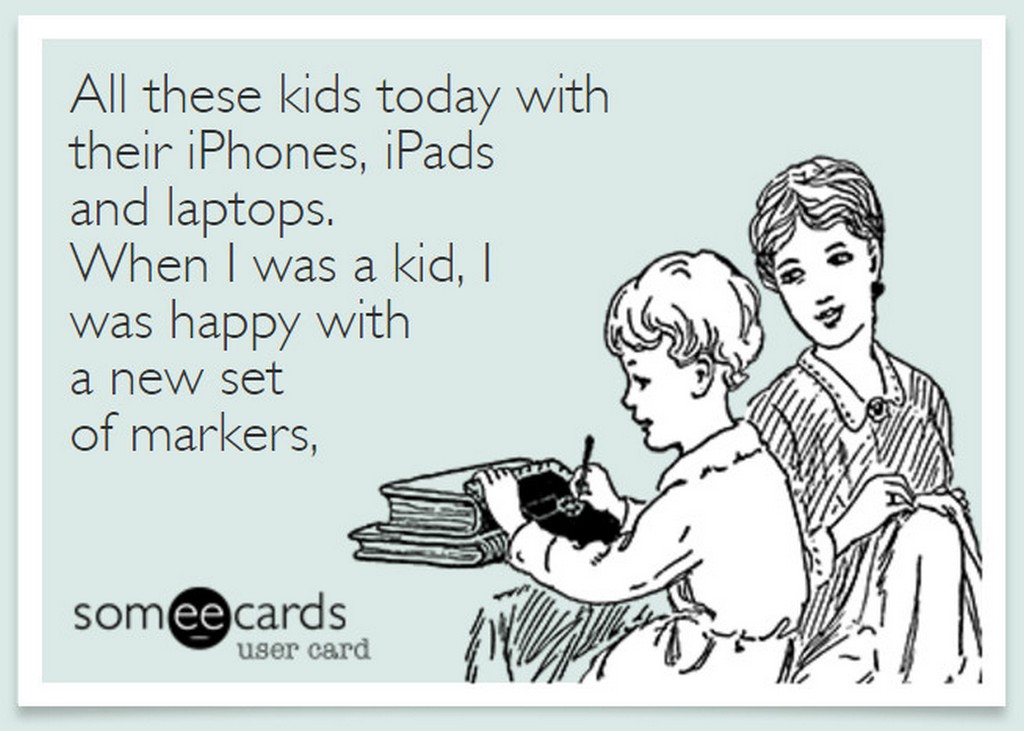 Today there are many techniques that make it interesting and fun.
Today there are many techniques that make it interesting and fun.
Do not impose learning to count, it should be easy: in the course of daily activities or games. Count familiar objects together, gradually complicating the tasks. For example, he easily visualizes two oranges or four plates, but hardly abstract sets. nine0116
When to teach your child to count
Most experts believe that the best time to teach kids to count is 3-5 years. It is at this age that the child begins to be interested in new things and learns to establish patterns between numbers. However, everything is very individual. If the baby is actively exploring the world and is interested in mathematics earlier, you can start learning from the age of 1.5.
What methods to use to teach counting
We have collected proven methods that allow you to do this in a playful way that is interesting for the child. nine0005
- Finger counting . The technique helps to understand how to teach a child to count to ten.
 It will be difficult for a baby to remember all the numbers at once, so you can start with five and focus on the fingers of one hand. Introduce the child to their names, then connect the other hand. You can use finger games when one disappears or two or three fingers meet together.
It will be difficult for a baby to remember all the numbers at once, so you can start with five and focus on the fingers of one hand. Introduce the child to their names, then connect the other hand. You can use finger games when one disappears or two or three fingers meet together. - Using learning cards and sticks . You can lay them out one by one on the table and name the numbers, then move one part of the sticks to the right and the other to the left and ask how many sticks are in each part. nine0080
- Number games . Teaching children to count can take place in a playful way. For example, the role-playing game "shop". You need to choose who will be the seller and who will be the buyer, and assign a currency. Selling or buying sweets and toys, the child will easily remember the numbers up to ten and even up to twenty.
- Montessori method . It's like playing shop. You can give the child different coins, for example, a ruble, two, five, and ask him to calculate the amount or change money.
 nine0080
nine0080 - Doman method . The author recommends using cards with red dots for counting. The color will attract the baby's attention.
- Hundred Account Nikolai Zaitsev suggests immediately showing numbers from 0 to 99. So the child will understand how many tens and units each number makes.
- Polyakov's method . You will need cubes, a box with compartments according to the number of cubes and numbers. First, one cube is taken, placed in a cell and the number 1 is placed next to it. And so on up to 100.
How to teach your child to count to 20
To teach your child to count to 20, use two pairs of hands - yours and his own. You can also use cubes, cards, sticks or draw dashes - whatever comes to mind. Such an account is given as easily as up to 10.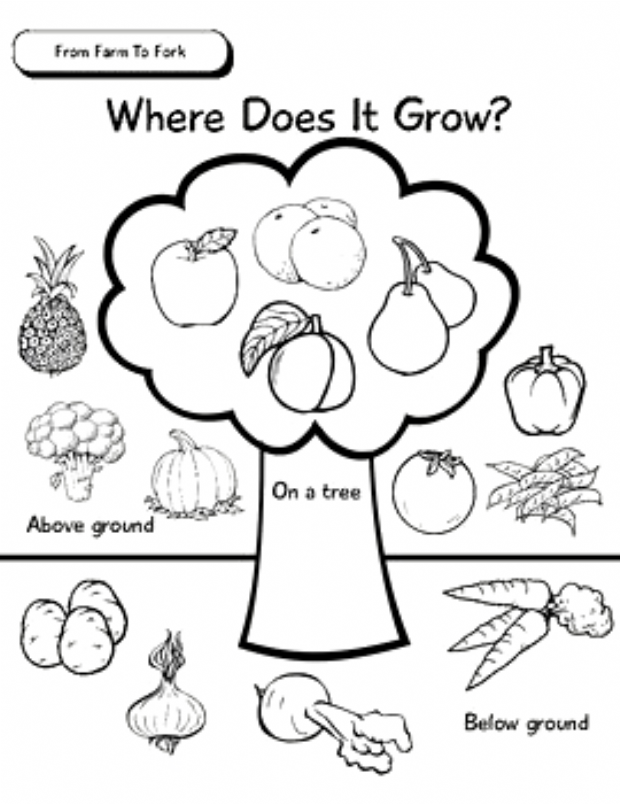 At this stage, the child needs to understand the composition of the number.
At this stage, the child needs to understand the composition of the number.
<>
How to teach a child to count up to 100
Tell your child that there are only nine tens, then name each tens: ten, twenty, thirty, and so on. Invite him to memorize 10 new digits of each ten every day. At the end of the day, ask what the child remembers and repeat what they have learned on other days. To simplify repetition, you can count the objects that are in front of you. After the child has mastered the tens, invite him to play a game: write a series of numbers with tens and skip one number in the middle. Ask your child to complete the pass. nine0005
<
You can also use Glenn Doman's method. First, the child needs to be shown cards with no more than five dots, then increase their number to 20, 50, and then up to 100. This method will also help train visual memory.
It is important to draw the attention of the child to the numbers from 11 to 19, as they are called differently from the rest.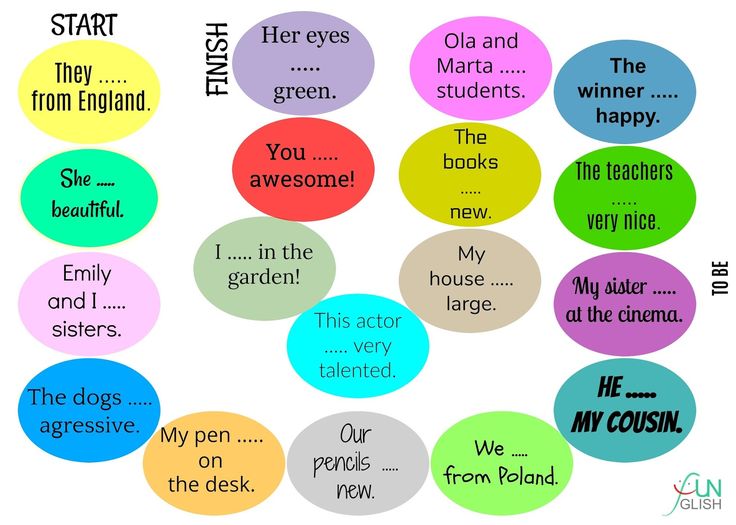
How to teach your child to add and subtract
To teach a child to solve examples, visualization is needed again. Bend and bend your fingers, remove and take out sweets.
Addition and subtraction are reciprocal operations. This connection needs to be conveyed to the child. That is, to demonstrate that 2+1 = 3 is the same as 3−1 = 2 and 3−2 = 1. If the child has mastered the principle, there will be no problems with other numbers.
To teach your child to add and subtract within 20, you need a number line. For example, 5+3. We find the number 3 on the beam and take five steps to the right. You can do the same with your fingers. So you can teach to count with the transition through a dozen and without. nine0116
Actions with the transition through the ten have a peculiarity: you need to know the composition of the number and the pair of numbers that together form a ten (1 and 9, 2 and 8, 3 and 7, 4 and 6, 5 and 5). For example, 7+6. Seven to ten lacks three, that is, it turns out 7 + 3 + unknown. The six gave away three to ten, which means that there are still three left. Then it turns out: 7+3+3.
For example, 7+6. Seven to ten lacks three, that is, it turns out 7 + 3 + unknown. The six gave away three to ten, which means that there are still three left. Then it turns out: 7+3+3.
How to teach a child to count in columns
Explain that in addition and subtraction, all actions are performed in digits: tens with tens, ones with ones. For example, 31 + 12: a three is added to a unit, a unit to a two. nine0005
To simplify, you can do training exercises - for example, write numbers under each other. Number 6 at the bottom, 12 at the top. It is important to explain to the child that six should be under the number 2, and not 1, as it refers to units.
Start with simple examples, where numbers add up to a number less than 10. Then you can move on to examples with a transition through ten: for example, 25 + 16. 5 + 6 add up to 11. Then we write the unit from 11 under the line, and we remember the unit as a ten. When we add the tens, we get 2 + 1 and another +1, which we kept in our heads. nine0116
nine0116
In the case of subtraction, you should also start with simple examples and gradually move on to more complex ones. For example: 25-16, in the column where there are ones, 5 less than 6, explain to the child that in this case we kind of “borrow” a unit from tens.
For convenience, you can use the symbols that are marked in blue in the figure. In the first case, a ten is added, in the second, a dot serves as a reminder of a “busy” ten.
Counting games and exercises
Lego
Build towers with a certain number of blocks to teach your child to count. Later Lego will be needed in the development of fractions.
Fairy tales
Read to your child passages from fairy tales that contain numbers. He needs to clap as soon as he hears them.
Coloring pages with examples
You can teach your child to add and subtract through coloring pages, where an example is written in each cell, by solving which the child will recognize the color.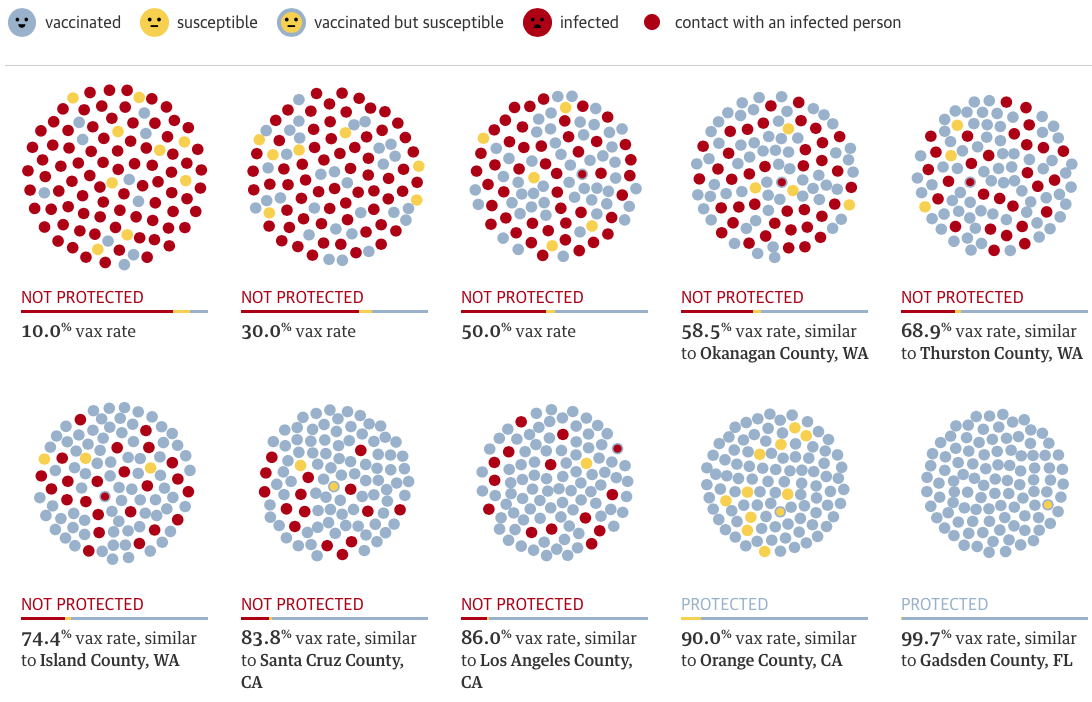
Board game "Strawberry paths"
There are two types of cards in the game: "Picking berries" and "Sharing berries". In the first case, you need to string a certain amount on your thread, and in the second, subtract, that is, give away. In the process, you need to count the berries and compare.
Dominoes with numbers
The principle is the same as with pictures. One domino with two numbers around the edges is laid out by the child, the parent picks up a die with one of the numbers. The one who gets rid of the dominoes first wins. nine0005
<
